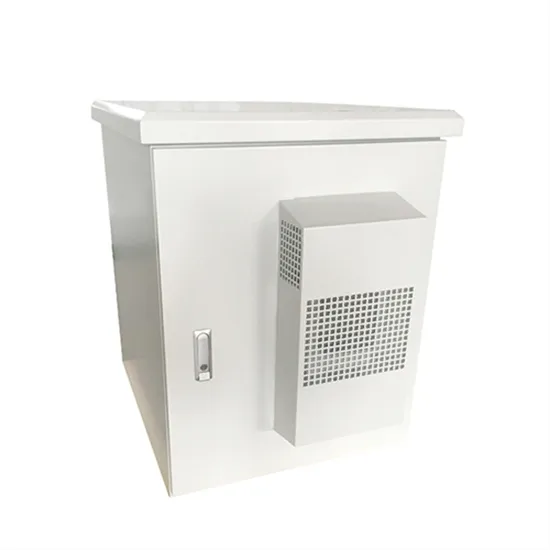Where is the solar system located in space
Welcome to our dedicated page for Where is the solar system located in space! Here, we have carefully selected a range of videos and relevant information about Where is the solar system located in space, tailored to meet your interests and needs. Our services include high-quality Where is the solar system located in space-related products and solutions, designed to serve a global audience across diverse regions.
We proudly serve a global community of customers, with a strong presence in over 20 countries worldwide—including but not limited to the United States, Canada, Mexico, Brazil, the United Kingdom, France, Germany, Italy, Spain, the Netherlands, Australia, India, Japan, South Korea, China, Russia, South Africa, Egypt, Turkey, and Saudi Arabia.
Wherever you are, we're here to provide you with reliable content and services related to Where is the solar system located in space. Explore and discover what we have to offer!

The Location of the Solar System in the Milky Way
Polar view of the Milky Way Galaxy showing the location of the Solar System. As to our distance from the center of the galaxy, the best guess is that we are 26,000 to 28,000 light years from the center.
Read more
Our Cosmic Address: Where is Earth Situated in
The outer solar system includes the gas and ice giants, Jupiter, Saturn, Uranus, and Neptune. Neptune is the farthest planet away from Earth in the solar system, at a distance of 30 AU or about 4 light
Read more
Solar system | Definition, Planets, Diagram, Videos, & Facts
3 天之前· Solar system, assemblage consisting of the Sun and those bodies orbiting it: 8 planets with more than 400 known planetary satellites; many asteroids, some with their own satellites;
Read more
Solar System
OverviewDefinitionFormation and evolutionGeneral characteristicsSunInner Solar SystemOuter Solar SystemTrans-Neptunian region
The Solar System consists of the Sun and the objects that orbit it. The name comes from Sōl, the Latin name for the Sun. It formed about 4.6 billion years ago when a dense region of a molecular cloud collapsed, creating the Sun and a protoplanetary disc from which the orbiting bodies assembled. The fusion of hydrogen into helium inside the Sun''s core releases energy, which is primarily emitted through its outer photosphere. This creates a decreasing temperature gradient a
Read more
Solar system | Definition, Planets, Diagram,
3 天之前· Solar system, assemblage consisting of the Sun and those bodies orbiting it: 8 planets with more than 400 known planetary satellites; many asteroids, some with their own satellites; comets and other icy bodies; and
Read more
Solar System – Definition, Facts, Planets
The Solar System is the gravitationally bound system of the Sun and all celestial bodies that orbit it. This includes planets, moons, asteroids, comets, dwarf planets, and countless particles of dust and ice. It
Read more
What Is a Milky Way | Milky Way Galaxy Facts
What is the Milky Way? The Milky Way is a large spiral-shaped system of roughly 400 billion stars, including our Sun, bound together by gravity. The space between stars is mostly filled with dust and gas, and
Read more
Solar System: Planets, Moons, and the Sun
At its most fundamental, the solar system consists of the Sun and all the objects that orbit it due to its gravity. This includes the eight major planets, their moons, the dwarf planets like Pluto, hundreds of
Read more
Where is Earth in the Milky Way Galaxy?
The Solar System. Our Immediate Neighborhood The solar system is a gravitationally bound system consisting of the Sun, eight planets, numerous moons, asteroids, comets, and other celestial bodies. Our solar system
Read moreFAQs 6
Where is our Solar System located?
Our solar system is located in the Milky Way, a barred spiral galaxy with two major arms, and two minor arms. Our Sun is in a small, partial arm of the Milky Way called the Orion Arm, or Orion Spur, between the Sagittarius and Perseus arms. Our solar system orbits the center of the galaxy at about 515,000 mph (828,000 kph).
Where is the Solar System located in the Milky Way?
Solar System’s Location in the Milky Way: The solar system is located in one of the spiral arms named the Orion Arm. It is about 27,000 light-years from the galactic center. This location places our solar system in a relatively quiet area, which is beneficial for the development of life on Earth.
Where is the Sun located in the Milky Way?
Our Sun is in a small, partial arm of the Milky Way called the Orion Arm, or Orion Spur, between the Sagittarius and Perseus arms. Our solar system orbits the center of the galaxy at about 515,000 mph (828,000 kph). It takes about 230 million years to complete one orbit around the galactic center. An artist's concept of our solar system.
How far away is our Solar System from the Galactic Center?
Our solar system is approximately 26,000 light-years away from the galactic center. The galactic center is located in the direction of the constellation Sagittarius. This distance places our solar system in the Orion Arm of the Milky Way galaxy.
Where is the Sun located in the Solar System?
orbits The orbits of the planets and other bodies of the solar system. Located at the centre of the solar system and influencing the motion of all the other bodies through its gravitational force is the Sun, which in itself contains more than 99 percent of the mass of the system.
Which planets are located at the centre of the Solar System?
Located at the centre of the solar system and influencing the motion of all the other bodies through its gravitational force is the Sun, which in itself contains more than 99 percent of the mass of the system. The planets, in order of their distance outward from the Sun, are Mercury, Venus, Earth, Mars, Jupiter, Saturn, Uranus, and Neptune.

